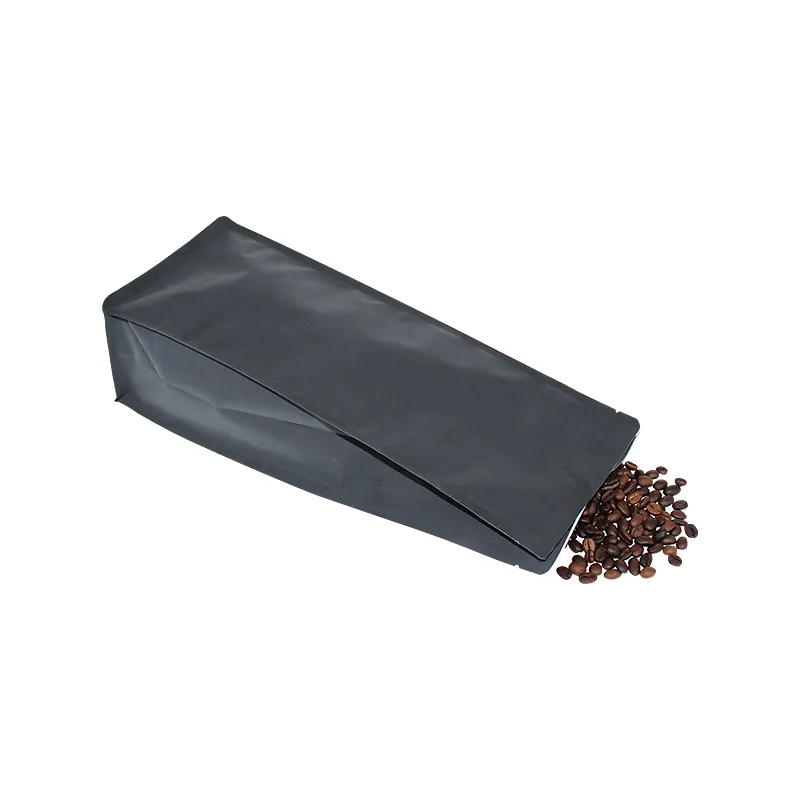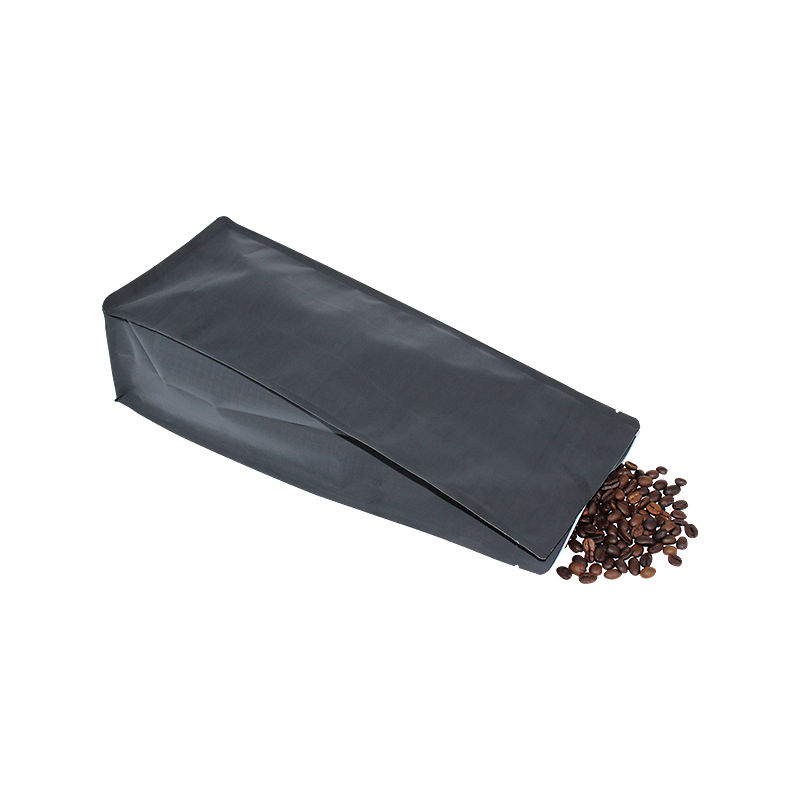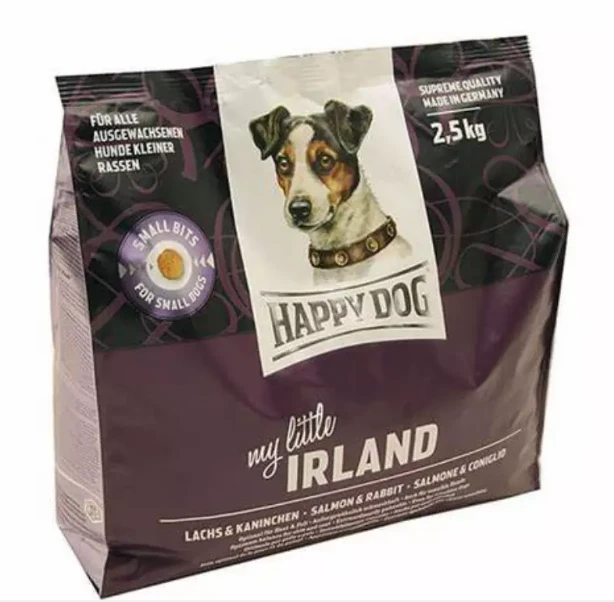- Afrikaans
- Albanian
- Amharic
- Arabic
- Armenian
- Azerbaijani
- Basque
- Belarusian
- Bengali
- Bosnian
- Bulgarian
- Catalan
- Cebuano
- chinese_simplified
- chinese_traditional
- Corsican
- Croatian
- Czech
- Danish
- Dutch
- English
- Esperanto
- Estonian
- Finnish
- French
- Frisian
- Galician
- Georgian
- German
- Greek
- Gujarati
- haitian_creole
- hausa
- hawaiian
- Hebrew
- Hindi
- Miao
- Hungarian
- Icelandic
- igbo
- Indonesian
- irish
- Italian
- Japanese
- Javanese
- Kannada
- kazakh
- Khmer
- Rwandese
- Korean
- Kurdish
- Kyrgyz
- Lao
- Latin
- Latvian
- Lithuanian
- Luxembourgish
- Macedonian
- Malgashi
- Malay
- Malayalam
- Maltese
- Maori
- Marathi
- Mongolian
- Myanmar
- Nepali
- Norwegian
- Norwegian
- Occitan
- Pashto
- Persian
- Polish
- Portuguese
- Punjabi
- Romanian
- Russian
- Samoan
- scottish-gaelic
- Serbian
- Sesotho
- Shona
- Sindhi
- Sinhala
- Slovak
- Slovenian
- Somali
- Spanish
- Sundanese
- Swahili
- Swedish
- Tagalog
- Tajik
- Tamil
- Tatar
- Telugu
- Thai
- Turkish
- Turkmen
- Ukrainian
- Urdu
- Uighur
- Uzbek
- Vietnamese
- Welsh
- Bantu
- Yiddish
- Yoruba
- Zulu
Innovative Approaches to Food Product Packaging Design for Enhanced Consumer Appeal
The Importance of Food Product Packaging Design
In today's competitive marketplace, food product packaging design plays a pivotal role in attracting consumers and driving sales. It serves as the first point of contact between a product and the consumer, influencing their purchasing decisions and shaping their perception of the brand. Effective packaging design not only enhances the aesthetics of a product but also communicates essential information, promotes functionality, and embodies sustainability—a crucial aspect in modern consumer behavior.
Aesthetic Appeal and Branding
The visual appeal of packaging is paramount in capturing consumers' attention. Striking colors, unique shapes, and eye-catching graphics can differentiate a product on crowded supermarket shelves. The aesthetics of packaging must align with the brand’s identity and target audience. For instance, a luxury chocolate brand might use elegant designs and rich colors to convey indulgence, while a health food product may opt for minimalist packaging that highlights freshness and natural ingredients.
Moreover, packaging design is a vital part of brand recognition. Successful packaging creates a memorable visual that consumers can easily identify, fostering brand loyalty over time. Consistent and appealing packaging can generate a strong emotional connection with consumers, making them more likely to choose that product again.
Information and Functionality
Besides aesthetics, packaging serves the essential purpose of providing information. Labels must include not only the product’s name but also nutritional information, ingredients, and usage instructions. Clear, concise, and well-organized information helps consumers make informed dietary choices. Moreover, the text should be legible and easy to understand, considering the diverse demographics of consumers.
Functionality is another critical aspect of packaging design. It should protect the food product from damage, contamination, and spoilage. The packaging must also be user-friendly, making it easy to open and reseal. Features such as easy-pour spouts for liquids or zip-lock seals for snacks can enhance the user experience, leading to higher customer satisfaction. Ultimately, a well-designed packaging system balances aesthetics, information, and practicality to meet consumer needs.
food product packaging design

Sustainability in Packaging Design
As sustainability becomes increasingly important to consumers, food product packaging design must also reflect eco-friendly practices
. Brands are under pressure to minimize their environmental impact by using recyclable or biodegradable materials. Innovative design can help brands reduce plastic usage, promoting the use of alternative materials like glass, paper, or plant-based plastics.In addition to material choices, the packaging design process must consider the product's entire lifecycle. Minimizing packaging waste and opting for efficient shipping designs help reduce the carbon footprint of food products. Brands that prioritize sustainability in their packaging design not only cater to environmentally conscious consumers but also enhance their corporate image.
Innovative Trends in Packaging Design
The landscape of food product packaging design is continually evolving, with new trends emerging to meet consumer demands. Interactive packaging, for instance, incorporates technology like QR codes or augmented reality, enabling consumers to engage with the product on a deeper level. This allows brands to share stories, recipes, or even tips about sustainable practices, making the packaging more than just a container—it becomes a tool for communication.
Another trend is personalization. With advancements in printing technology, brands can offer customized packaging that resonates with individual consumers. This can range from personalized messages on the packaging to unique designs targeted at specific demographics.
Conclusion
In conclusion, food product packaging design is more than just a protective layer for goods. It is a strategic element that influences consumer behavior, communicates brand values, and addresses modern concerns regarding sustainability. By focusing on aesthetic appeal, providing essential information, ensuring functionality, and embracing eco-friendly practices, brands can create impactful packaging that resonates with consumers and enhances their overall experience. In an increasingly crowded marketplace, thoughtful packaging design is not just an option; it is a necessity for success.













